
Bike to Work Day is a promotional event to encourage the use of a bicycle instead of a car
About Bike To Work Day
On Thursday, May 11, almost 10,000 Bay Area cyclists celebrated National Bike Month by commuting to work by bicycle! 400+ Energizer Stations were set up dwhere cyclists could stop for refreshments and promotional items.
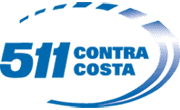 511 Contra Costa has supported cyclists and Energizer Station hosts throughout Contra Costa County since 2001 using Bay Area Air Quality Management District funds and the Contra Costa Transportation Authority’s half-cent sales tax for transportation funds.
511 Contra Costa has supported cyclists and Energizer Station hosts throughout Contra Costa County since 2001 using Bay Area Air Quality Management District funds and the Contra Costa Transportation Authority’s half-cent sales tax for transportation funds.
Bike to Work Day 2017 was presented by the Metropolitan Transportation Commission, 511 and Kaiser Permanente. Regional sponsors included the Bay Area Air Quality Management District, Bay Area Rapid Transit (BART), Clear Channel Outdoor and Clif Bar.
Photos from Bike To Work Day 2017
Wondering what Bike To Work Day looked like across Contra Costa? Click any thumbnail below to access our gallery of photos from energizer stations across the county, or view them on Facebook. We also suggest visiting the photo gallery at YouCanBikeThere.com. (Note: As energizer stations hosts send in photos, we’ll be adding them. If you have photos to share, email them to tips@511contracosta.org!)
Morning Energizer Stations
Brentwood: City Park at 2nd & Oak St – Host: Delta Pedalers Bicycle Club
Concord BART Station – Host: Bank of America & TRC Solutions
Concord: Monument Corridor Trail at Monument Blvd – Host: City of Concord
Martinez: Imhoff Pl & Imhoff Dr (Central San HQ) – Host: Central San
Martinez: John Muir National Historic Site – Host: John Muir National Historic Site
Walnut Creek: Contra Costa Canal Trail off of N Wiget Ln – Host: Renaissance ClubSport
Walnut Creek: Iron Horse & Contra Costa Canal Trail – Hosts: 511CC, CCTA, EBRPD
Walnut Creek: Olympic Blvd & Newell Ave – Host: .
=”” <strong=””>Walnut Creek: Walnut Creek BART – Host: Bike Walnut Creek
Walnut Creek: Walnut Creek City Hall – Host: City of Walnut Creek
Afternoon Energizer Stations
Concord: Todos Santos Plaza – Host: Bike Concord
Walnut Creek: Iron Horse & Contra Costa Canal Trail – Hosts: 511CC, CCTA, EBRPD
Walnut Creek: Walnut Creek BART – Host: Bike Walnut Creek
Any Day Can Be Bike to Work Day
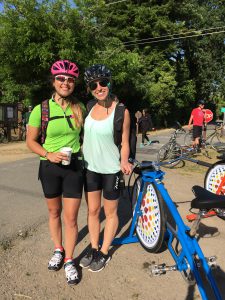 Bike To Work Day is a great time to try commuting by bike, but it doesn’t have to be the only day you give it a shot! Just remember: Biking to work is all about what works for you. Maybe the weather, or having a bike buddy, or the copious amounts of stuff you have to haul on a bike factors into your decision to cycle to work, and that’s okay!
Bike To Work Day is a great time to try commuting by bike, but it doesn’t have to be the only day you give it a shot! Just remember: Biking to work is all about what works for you. Maybe the weather, or having a bike buddy, or the copious amounts of stuff you have to haul on a bike factors into your decision to cycle to work, and that’s okay!
Biking to work should be enjoyable, so pick days when riding seems fun and reasonable, then go for it. Do that and you might find yourself planning more rides to work. Just like these first-time Bike To Work Day participants.
Tips: Preparing to Bike Commute
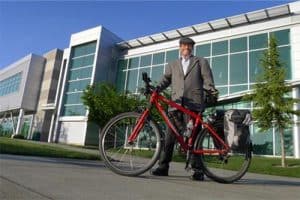 Need help getting ready to ride to work? Preparing for a bike commute isn’t as difficult as you might think. Taking a little time to get familiar with your bike, figure out how to carry your stuff & find a good route (or even a bike buddy) can make things much easier.
Need help getting ready to ride to work? Preparing for a bike commute isn’t as difficult as you might think. Taking a little time to get familiar with your bike, figure out how to carry your stuff & find a good route (or even a bike buddy) can make things much easier.
Take the guesswork out of preparing with our Tips & Tricks for Bike Commuting!
Isabella Zizi: 2017 Contra Costa Bike Commuter of the Year
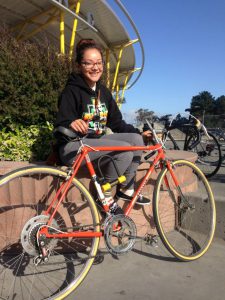 Bike Party is what made Isabella Zizi start riding as an adult. That’s where “I broke in my orange ’70s Peugeot and introduced it to the fun.” Those rides opened the door to her commuting by bike, and she now regularly uses her bike to commute the six miles to Gathering Tribes in Albany, a Native American arts, crafts & jewelry store.
Bike Party is what made Isabella Zizi start riding as an adult. That’s where “I broke in my orange ’70s Peugeot and introduced it to the fun.” Those rides opened the door to her commuting by bike, and she now regularly uses her bike to commute the six miles to Gathering Tribes in Albany, a Native American arts, crafts & jewelry store.
For Isabella, biking is more than just transportation, it provides a link to her community and its history. These days she rides the Richmond Greenway, but she used to live by it before it was green. “It was just dirt and rocks, and now it has been transformed. I love the connections it provides. The edible garden, the murals, it is so cool to see everything come to life and be open to the whole community.” During rides around Richmond, she also builds connections with her neighbors and strengthens friendships with other riders.
To get further inspired, read the rest of Isabella’s story and the stories of other 2017 Bike Commuter of the Year winners at YouCanBikeThere.com!
Bike Mapper: Choose the Route Best for You
511 Contra Costa’s Bike Mapper is an innovative bicycle mapping system designed to find the flattest, most direct, or fastest route anywhere in Contra Costa. Read more about the 511CC Interactive Bike Mapper here, or check out our selection of free paper and online bike maps.
 Employers: Tips on Encouraging Bike Commuting
Employers: Tips on Encouraging Bike Commuting
If you’re an employer and want to inspire more of your employees to commute by bike, we can help! You’ll find some great strategies on promoting bike commuting year-round when you download the Bike To Work Day Employer Toolkit!
Thanks to Our 2017 Energizer Station Hosts!

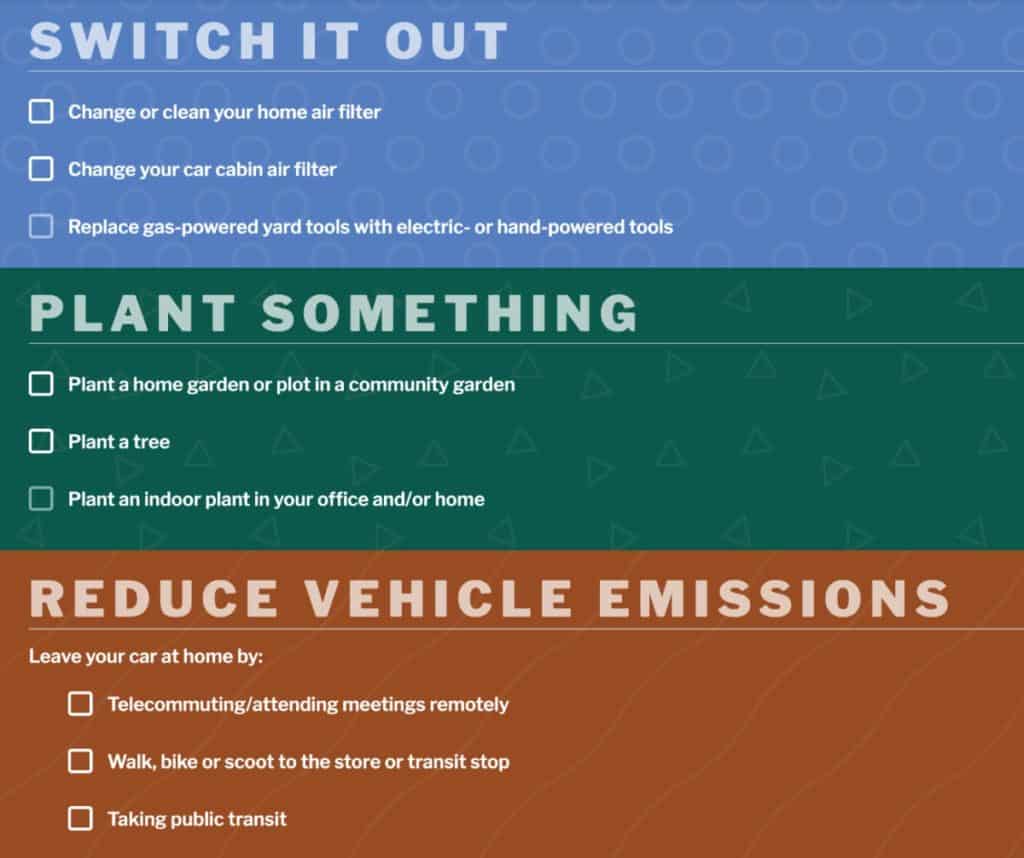
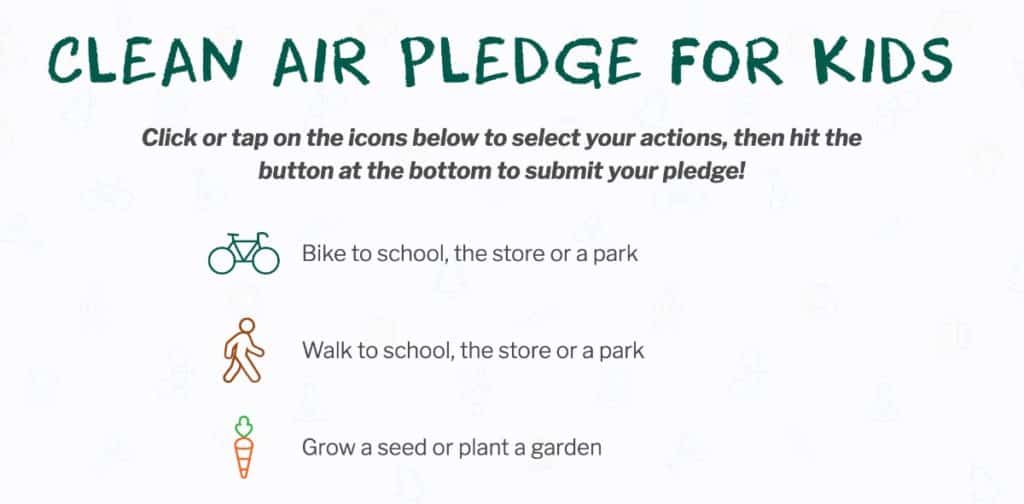

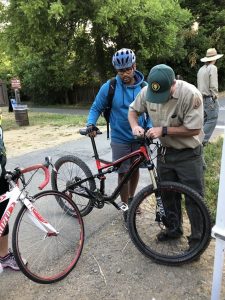
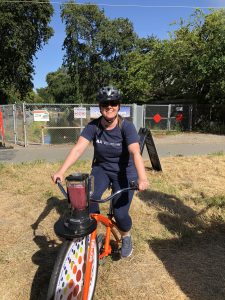
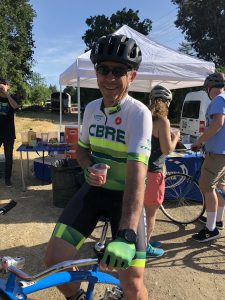
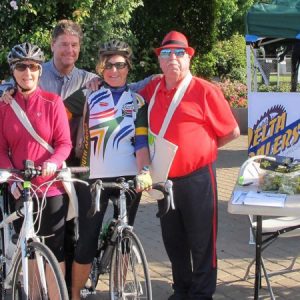

 511 Contra Costa has supported cyclists and Energizer Station hosts throughout Contra Costa County since 2001 using
511 Contra Costa has supported cyclists and Energizer Station hosts throughout Contra Costa County since 2001 using  Bike To Work Day is a great time to try commuting by bike, but it doesn’t have to be the only day you give it a shot! Just remember: Biking to work is all about what works for you. Maybe the weather, or having a
Bike To Work Day is a great time to try commuting by bike, but it doesn’t have to be the only day you give it a shot! Just remember: Biking to work is all about what works for you. Maybe the weather, or having a  Need help getting ready to ride to work? Preparing for a bike commute isn’t as difficult as you might think. Taking a little time to get familiar with your bike, figure out how to carry your stuff &
Need help getting ready to ride to work? Preparing for a bike commute isn’t as difficult as you might think. Taking a little time to get familiar with your bike, figure out how to carry your stuff &  Bike Party is what made Isabella Zizi start riding as an adult. That’s where “I broke in my orange ’70s Peugeot and introduced it to the fun.” Those rides opened the door to her commuting by bike, and she now regularly uses her bike to commute the six miles to Gathering Tribes in Albany, a Native American arts, crafts & jewelry store.
Bike Party is what made Isabella Zizi start riding as an adult. That’s where “I broke in my orange ’70s Peugeot and introduced it to the fun.” Those rides opened the door to her commuting by bike, and she now regularly uses her bike to commute the six miles to Gathering Tribes in Albany, a Native American arts, crafts & jewelry store. Employers: Tips on Encouraging Bike Commuting
Employers: Tips on Encouraging Bike Commuting
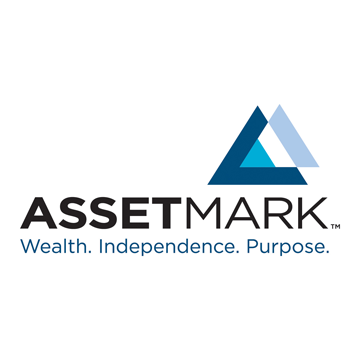


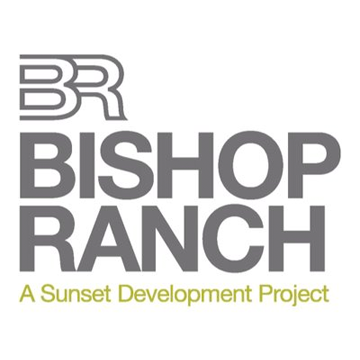
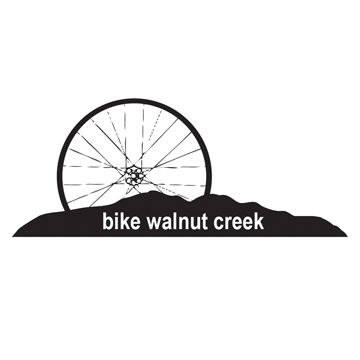
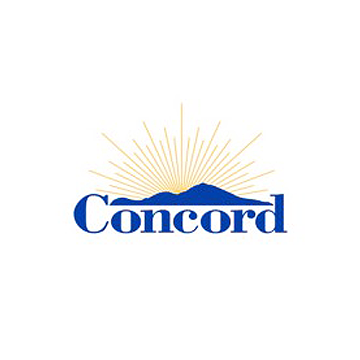

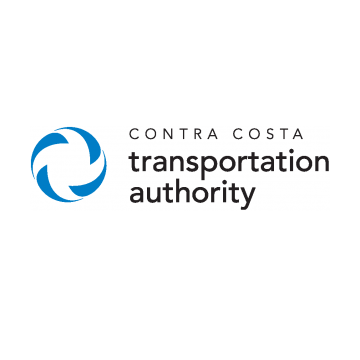
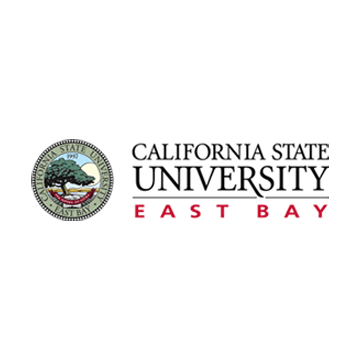
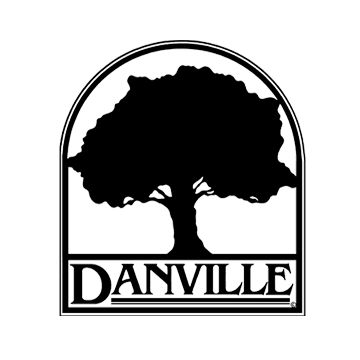
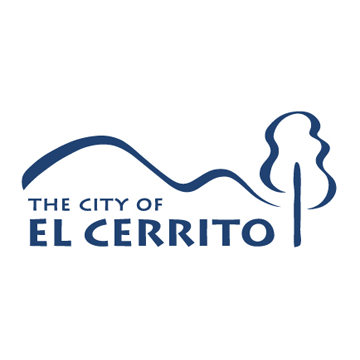
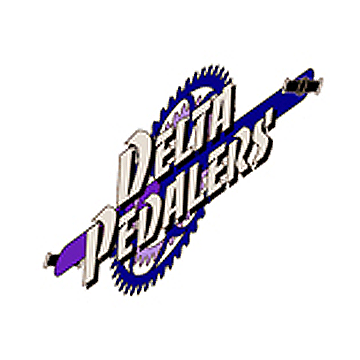
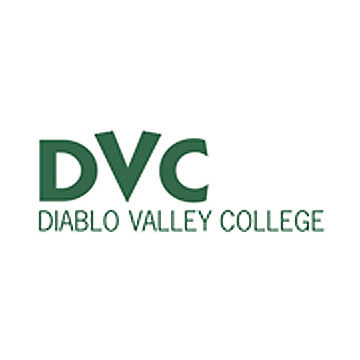
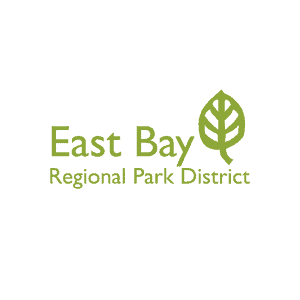
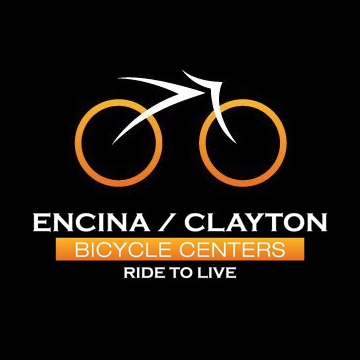

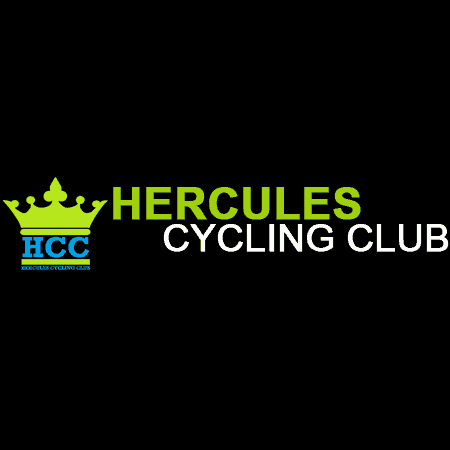
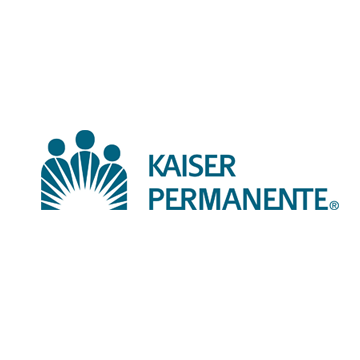
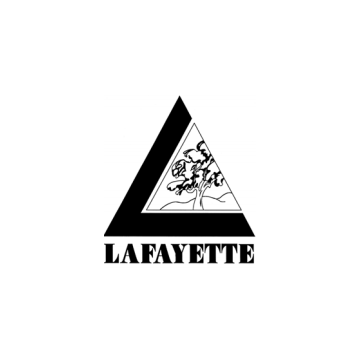
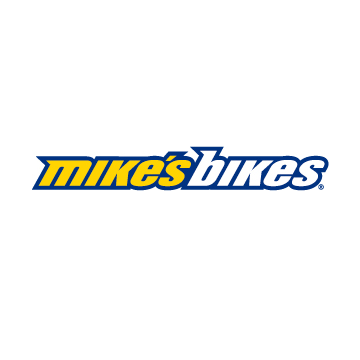
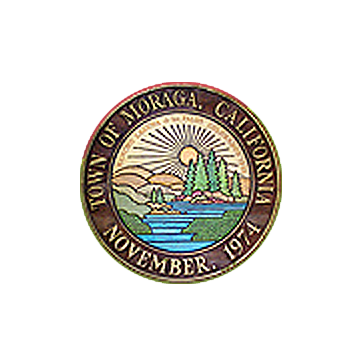
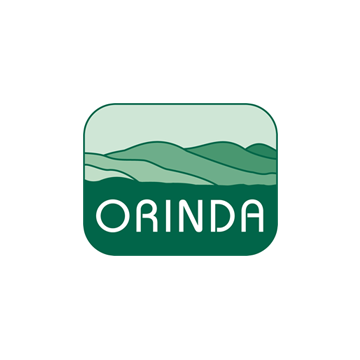

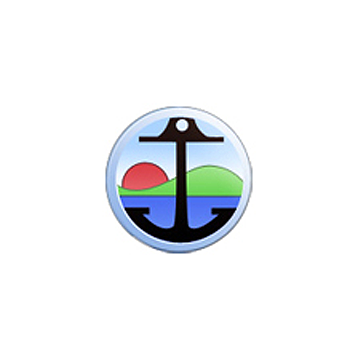

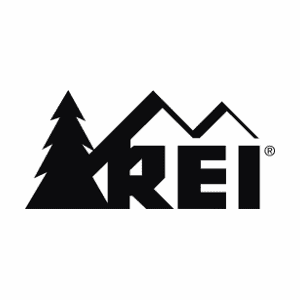




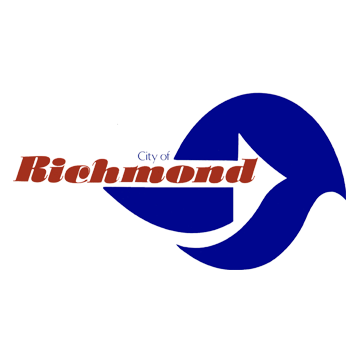
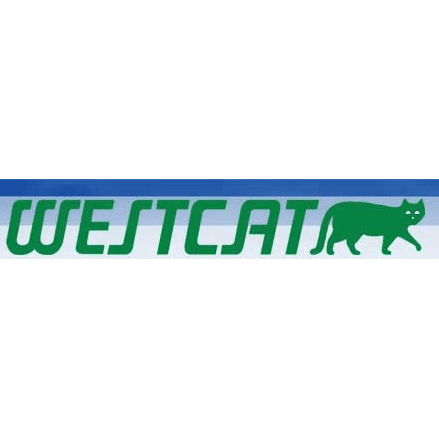




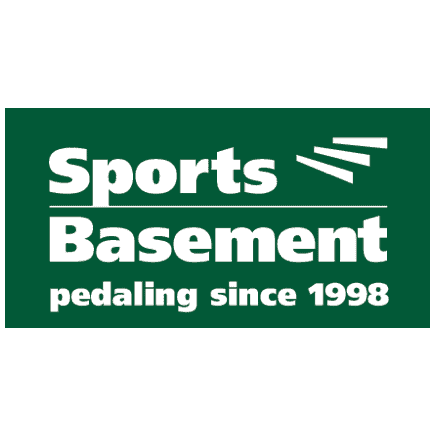
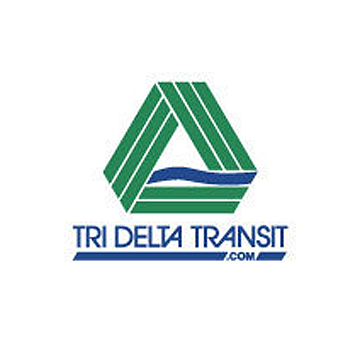
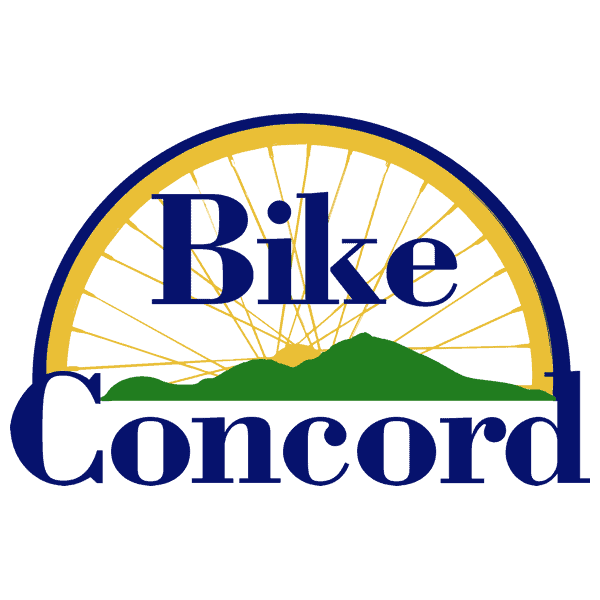
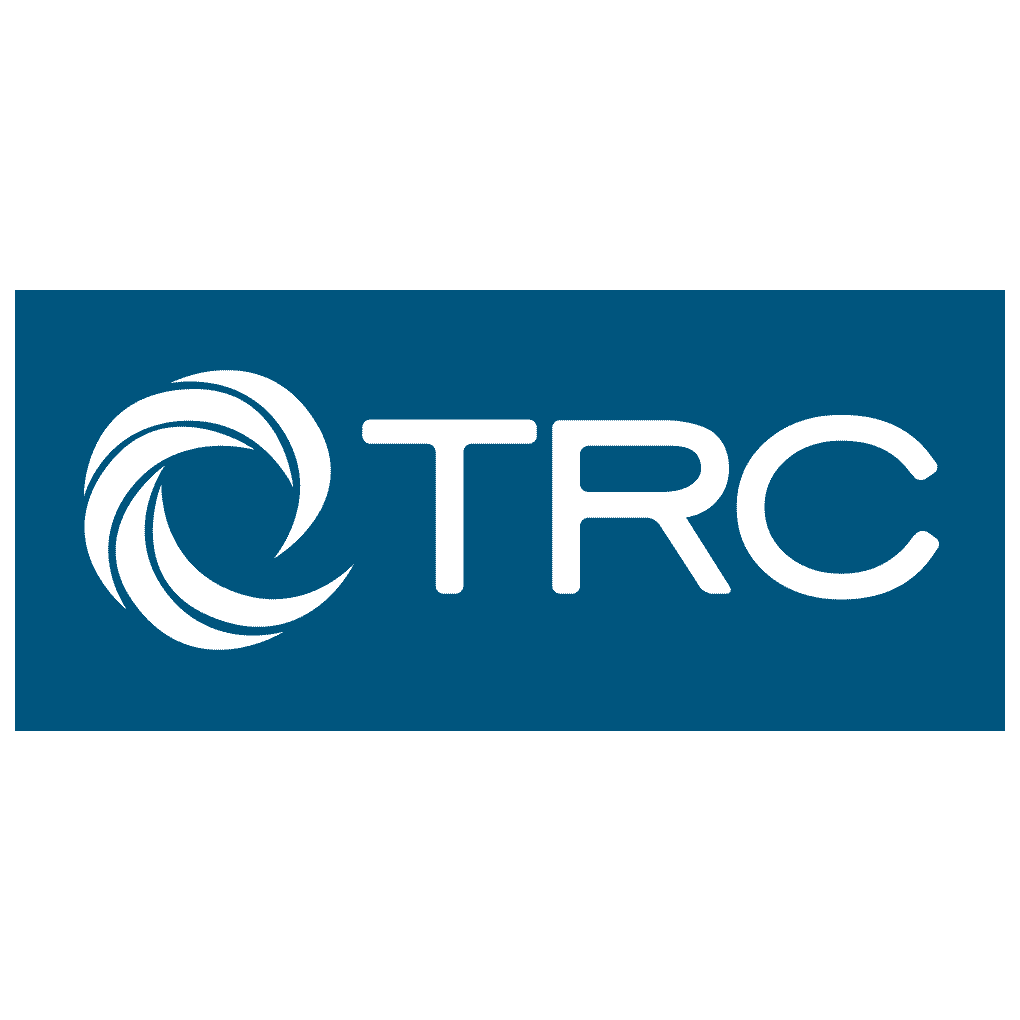
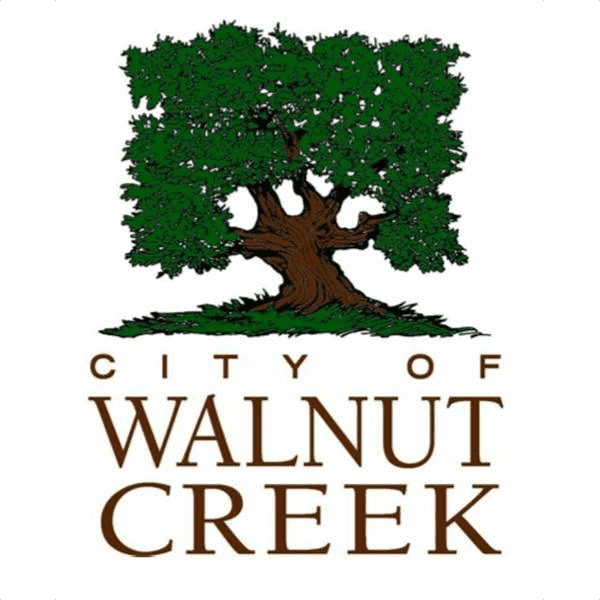
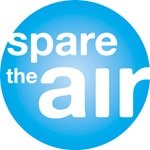 Summer Spare the Air Season is upon us! Get Spare the Air Alerts & other air quality information sent directly to your phone with the iSmog App.
Summer Spare the Air Season is upon us! Get Spare the Air Alerts & other air quality information sent directly to your phone with the iSmog App.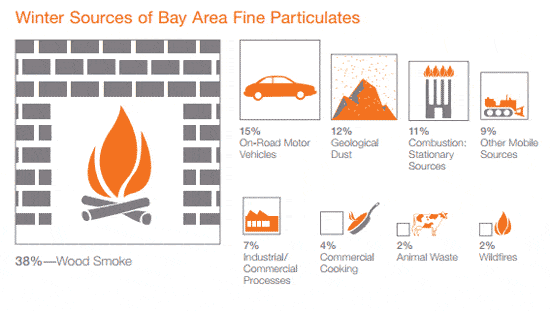


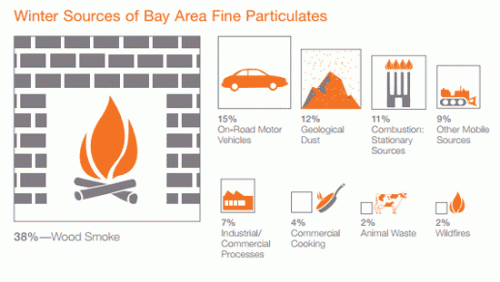


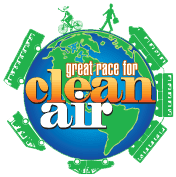



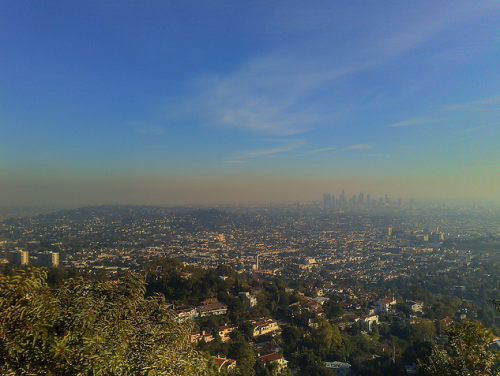

 The Bay Area Air Quality Management District has issued a
The Bay Area Air Quality Management District has issued a 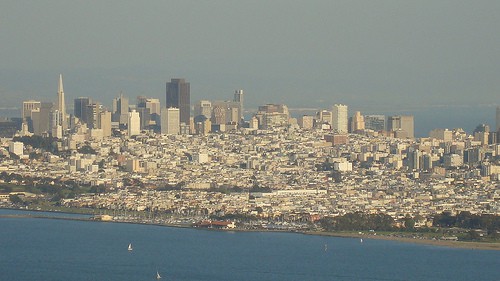

 “The Great Race for Clean Air was the perfect opportunity to help our employees become familiar with the transportation services available in a fun, competitive way. We are very proud to be one of the 2010 winners.”
“The Great Race for Clean Air was the perfect opportunity to help our employees become familiar with the transportation services available in a fun, competitive way. We are very proud to be one of the 2010 winners.”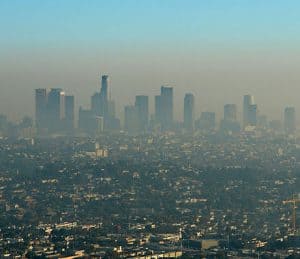 Thanks to two decades of the Bay Area Spare the Air Program, we can all breathe a little bit better this summer.
Thanks to two decades of the Bay Area Spare the Air Program, we can all breathe a little bit better this summer.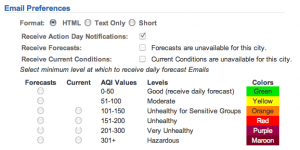 The
The 
 SAN FRANCISCO – 350Green announced its plans yesterday for a national network of electric vehicle (EV) charging stations. Starting with its first project in the San Francisco Bay Area, the company plans to install and operate stations across urban retail shopping centers and other places near where EV drivers live and work. This approach aims to address two of the most vexing challenges facing widespread adoption of EVs: range anxiety and access to a garage for overnight charging.
SAN FRANCISCO – 350Green announced its plans yesterday for a national network of electric vehicle (EV) charging stations. Starting with its first project in the San Francisco Bay Area, the company plans to install and operate stations across urban retail shopping centers and other places near where EV drivers live and work. This approach aims to address two of the most vexing challenges facing widespread adoption of EVs: range anxiety and access to a garage for overnight charging.